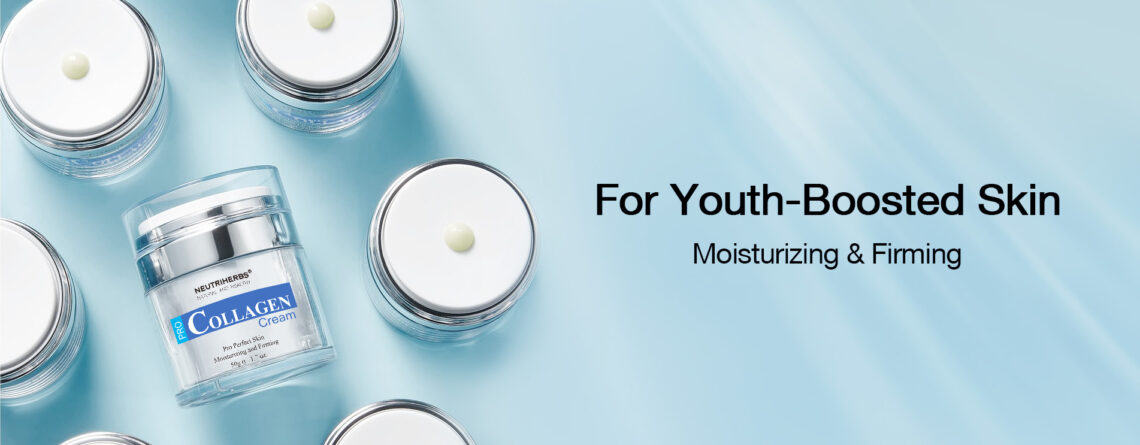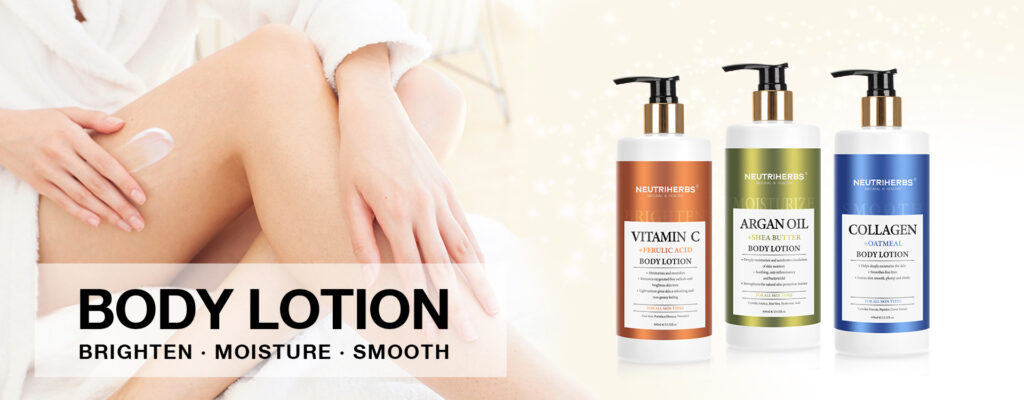
What is your skin type? And how to care for it?
Healthy skin is divided into four types: normal, dry, oily and combination skin. Internal and external factors contribute to our skin type. Many women have been using the wrong care and cleaning products for years because they misjudge their skin type. That is why you should determine your skin type.
Only those who know their skin type can optimally adapt their skincare to it. Because every skin is different and needs individual care.
Regardless of your skin type, sun protection is always important and should be part of every skincare routine. And how we eat also has a decisive influence on the complexion of our skin.
Normal skin
The term “normal” is used in dermatology for a balanced complexion and defines healthy skin (Eudermie) with balanced sebum and moisture balance. Normal skin is neither greasy nor dry, it is delicate and fine-pored and is rather insensitive to environmental influences. Few adults have perfect, flawless complexions. Usually, only younger people have this skin type.
Characteristics of normal skin type:
- fine pores
- elastic and resistant
- smooth and even
- no impurities
- fresh, rosy complexion
Ingredients to enhance normal skin
- Hyaluronic acid
- Vitamin C
- Aloe vera
- Vitamin A
- Ceramide
- Glycolic acid
- Niacinamide
- Jojoba oil
- Shea butter
Dry skin
There are two types of dry skin (xeroderma): dry, low-fat skin and dry, low-moisture skin. In the case of low-fat skin, the cause is insufficient sebum production. The dehydrated skin cannot bind water. Not only dry heating air, malnutrition or alcohol and cigarette consumption are responsible, but also hormonal changes. This skin type is prone to redness and wrinkles more quickly. The skin looks uneven and has rough spots. About 30% of the population tends to have dry skin.
Characteristics of dry skin:
- fine pores
- Feeling of tension
- brittle and cracked
- slightly scaly in places
- itching
Ingredients to enhance dry skin
- Hyaluronic acid
- Glycerin
- Ceramide
- Aloe vera
- Shea butter
- Coconut oil
- Glycolic acid
- Jojoba oil
- Argan oil
- Avocado oil
- Collagen
Oily skin
Oily skin tends to produce more sebum than necessary. This leads to impurities and quickly makes the skin appear greasy and oily. Many women not only suffer from oily and blemished skin during puberty but also during pregnancy and breastfeeding.
Characteristics of oily skin:
- large pores
- oily sheen
- pale skin
- thickened skin
Ingredients to enhance oily skin
- Salicylic acid
- Niacinamide
- Hyaluronic acid
- Vitamin A
- Glycolic acid
- Jojoba oil
- Tea tree oil
- Coconut oil
Combination skin
As the name suggests, combination skin combines the properties of two different skin types: dry and oily skin. The greasy areas are mostly found on the T-zone and the dry areas on the cheeks.
Characteristics of combination skin:
- oily sheen (T-Zone)
- enlarged pores (T-zone)
- Impurity (T-zone)
- the cheeks are rather dry
Ingredients to enhance combination skin
- Hyaluronic acid
- Glycolic acid
- Aloe vera
- Jojoba oil
Skin sensitivities
In addition to these four classic skin types, there is also mature and sensitive skin. The sensitive skin reacts frequently and quickly to external influences such as UV rays, cold, stress, cosmetic products with fragrances and preservatives or environmental pollution. The intolerance of the skin causes redness, irritation and feelings of tension. The complexion often looks blotchy, red and dry. Most women with sensitive skin are also affected by the dry skin type.
Ingredients to enhance sensitive skin
- Aloe Vera.
- Argan Oil.
- Calendula.
- Chamomile.
- Jojoba oil.
- Hyaluronic Acid.
Change in skin type
Our skin type can change over the years. While many teenagers suffer from oily skin, the skin becomes drier as they age. As early as the late twenties, the skin begins to age slowly. Our skin can store less moisture, the sebum and sweat glands lose their intensity and the skin’s ability to renew itself decreases. It loses volume and density and becomes drier. Therefore, the right care is extremely important from a young age, so that healthy and wrinkle-free skin is preserved longer.


